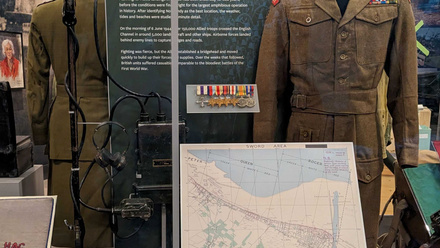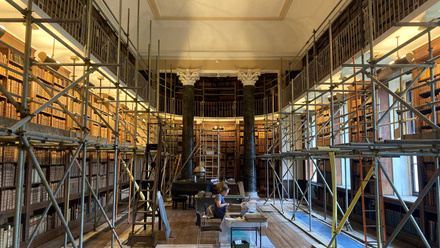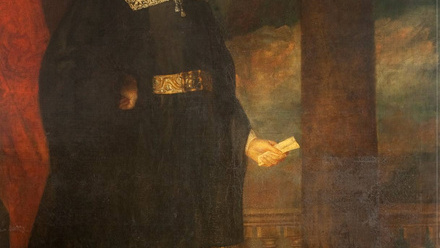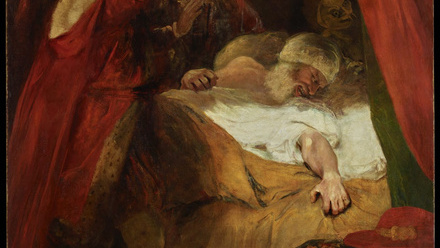Mondrian’s fragile ‘Evolution’ (1911) was safely transported to Paris for an exhibition
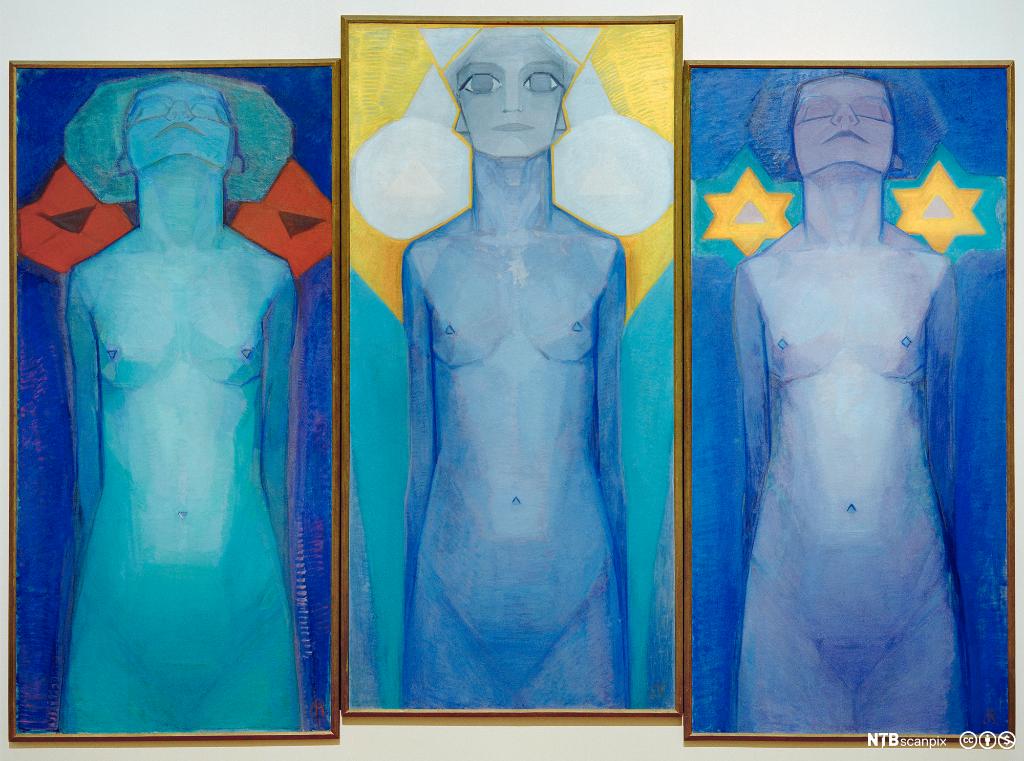
Piet Mondrian's famous artwork The Evolution (1911), which is part of the art collection of Kunstmuseum The Hague, is so vulnerable that it could not be lent for years.
This year however, the triptych travelled to Musée d’Orsay in Paris, where it was on view during the exhibition ‘Origins of the World’ until this spring. What made this possible is the revolutionary packaging of the work.
You can watch a video about the transport of The Evolution below:
The Evolution was able to travel and be exhibited in Paris thanks to the innovative method of art packing and transport developed specifically for this situation. The Kunstmuseum collaborated with the art transport firm Hizkia Van Kralingen and Turtle, specialising in an art transport crate that is innovative, sustainable, and safe art. The Kunstmuseum brought in Prof. Dr Ing. Kerstin Kracht, an expert in the field of vibration technology and continuum mechanics, and an engineer of structural dynamics, who developed a technique that enabled her to expose the weak spots of a painting through various scans of the work. Based on these scans, it could be determined what measures had to be taken to reduce harmful vibrations and shocks so the painting can be transported safely.
The advanced corner blocks ‘T+’, developed especially for the transportation of this artwork for the exhibition in Paris, fixate the work in the case and are an unmatched innovation in the field of vibration and shock reduction. The key to the success of this solution is the use of Wire Rope Isolators. The WRI have the property of reducing vibrational energy and thus the impact on the painting. Moreover, WRI are insensitive to aging and continue to provide a highly stable protection even after 30 years – a great improvement from traditional foam. Finally, the climatised packaging of the work is extra stiff and has VIP (vacuum insulated panels) for an optimal climate inside the case.
Test results show that thanks to this combination – the hard outer shell with the functioning of the WRI – optimal vibration reduction is possible. The transport of The Evolution is a collaboration between the Kunstmuseum in The Hague, Smart Vibrations/Kerstin Kracht, Hizkia Van Kralingen and Turtle.
You can find out more about Turtle here.



